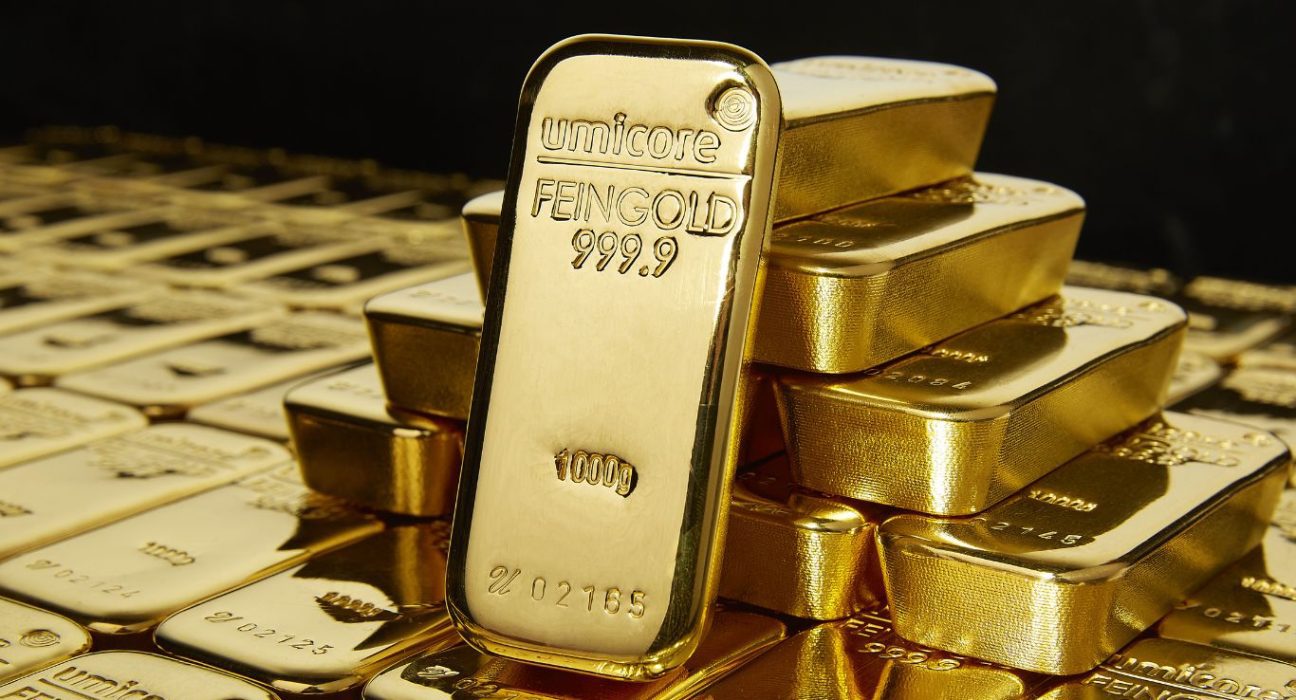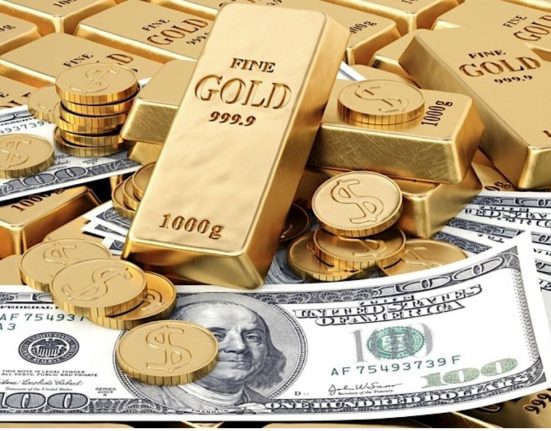Introduction
Gold price (XAU/USD) encountered significant selling pressure during the European session, as it struggled to maintain its position above the crucial resistance level of $1,920.00. The precious metal’s performance has been hindered by the hawkish stance of Federal Reserve (Fed) policymakers, as revealed in the recently released minutes of the Federal Open Market Committee (FOMC). This article delves into the implications of the Fed’s interest rate outlook on gold prices and analyzes the current market dynamics influencing investor sentiment.
Federal Reserve Maintains Hawkish Stance
The minutes from the FOMC meeting revealed that Federal Reserve policymakers remained hawkish in their interest rate outlook. This stance has created headwinds for gold prices, as higher interest rates tend to increase the opportunity cost of holding non-yielding assets like gold. Investors are now grappling with the potential tightening of monetary policy, which could reduce the attractiveness of gold as an alternative investment.
Gold’s Struggle to Attract Bets
Given the hawkish sentiment from the Federal Reserve, gold has been facing challenges in attracting significant bets from investors. The yellow metal has historically served as a hedge against inflation and a safe-haven asset during times of uncertainty. However, the prospect of rising interest rates has shifted investors’ focus towards other investment options with higher yields.
Impact of Interest Rate Outlook on Gold
The Federal Reserve’s interest rate outlook plays a crucial role in determining the direction of gold prices. Historically, gold has exhibited an inverse relationship with interest rates, meaning that as interest rates rise, gold prices tend to face downward pressure. This inverse correlation stems from the fact that higher interest rates make other investment options more appealing, reducing the demand for gold.
Market Dynamics and Investor Sentiment
The hawkish stance of the Federal Reserve has created a cautious environment for gold investors. The possibility of tighter monetary policy has led to increased volatility in financial markets, with investors closely monitoring any hints or signals from central banks. The uncertainty surrounding interest rates and the overall economic outlook has impacted investor sentiment, resulting in a lack of confidence in the gold market.
Technical Analysis of Gold Price
From a technical standpoint, the failure of gold to sustain above the crucial resistance level of $1,920.00 further adds to the bearish sentiment. This level has served as a significant hurdle for gold’s upward movement, and its inability to breach and hold above it suggests a lack of buying pressure. Traders and analysts are closely watching for any decisive break above this resistance level as a potential signal for a bullish trend reversal.
Factors Influencing Gold’s Future Trajectory
While the current market dynamics present challenges for gold, several factors could potentially influence its future trajectory. Firstly, the trajectory of inflation remains a critical factor. If inflation continues to rise beyond the Federal Reserve’s target, it could prompt policymakers to take a more cautious approach to interest rate hikes, which may provide support for gold prices.
Geopolitical Tensions and Market Uncertainty
Geopolitical tensions and uncertainties can also play a significant role in driving gold prices. Events such as political conflicts, trade disputes, or global economic slowdowns often result in increased demand for safe-haven assets, including gold. As such events unfoldin the global landscape, investors closely monitor the developments and adjust their positions in gold accordingly.
Economic Data and Central Bank Actions
Economic data releases and central bank actions are crucial drivers of gold prices. Positive economic data indicating robust economic growth may lead to expectations of higher interest rates, putting downward pressure on gold. Conversely, disappointing economic data may prompt central banks to maintain or adopt accommodative monetary policies, which can support gold prices.
US Dollar Strength and Gold Prices
The strength of the US dollar also has a significant impact on gold prices. As gold is priced in US dollars, a stronger dollar makes gold relatively more expensive for investors using other currencies, potentially reducing demand. Conversely, a weaker US dollar makes gold more affordable and can increase its appeal for investors.
Investor Sentiment and Market Volatility
Investor sentiment and overall market volatility are vital considerations for gold investors. During times of uncertainty and increased market volatility, gold often serves as a safe-haven asset. However, if market sentiment improves and risk appetite increases, investors may shift their focus to riskier assets, leading to a decrease in gold demand.
Outlook for Gold Prices
The outlook for gold prices remains dependent on a multitude of factors, including the trajectory of interest rates, inflation, geopolitical tensions, and market sentiment. While the current hawkish stance of the Federal Reserve poses challenges for gold, the potential for policy adjustments and changing economic conditions can impact the future direction of gold prices.
Conclusion
Gold prices face selling pressure as they struggle to sustain above the crucial resistance level of $1,920.00. The hawkish stance of the Federal Reserve on interest rates has dampened investor sentiment, making it challenging for gold to attract significant bets. The inverse relationship between gold and interest rates, along with other market dynamics, contributes to the cautious environment surrounding gold investments. Traders and investors closely monitor economic data, central bank actions, geopolitical tensions, and market volatility for potential shifts in gold prices. The future trajectory of gold will be influenced by these factors, highlighting the importance of staying informed and adaptive in the ever-changing financial landscape.










